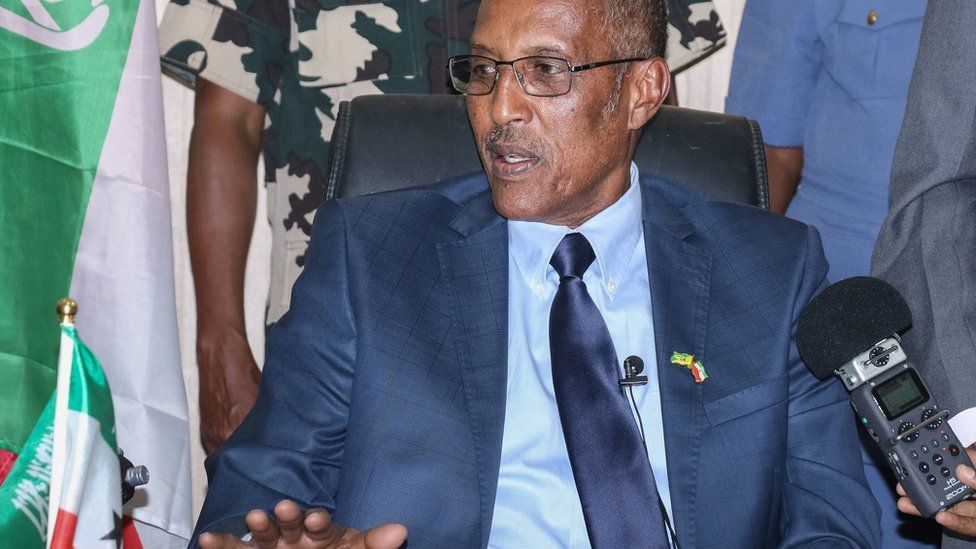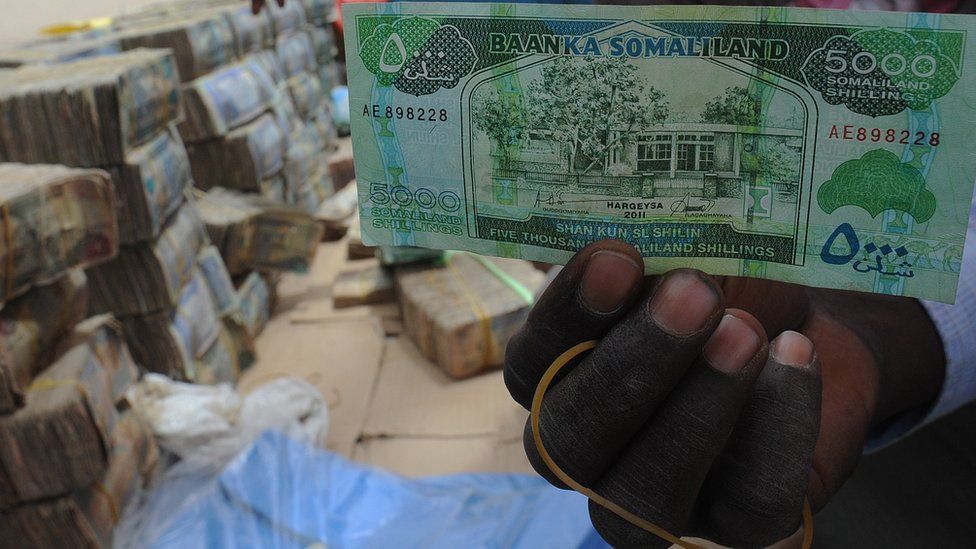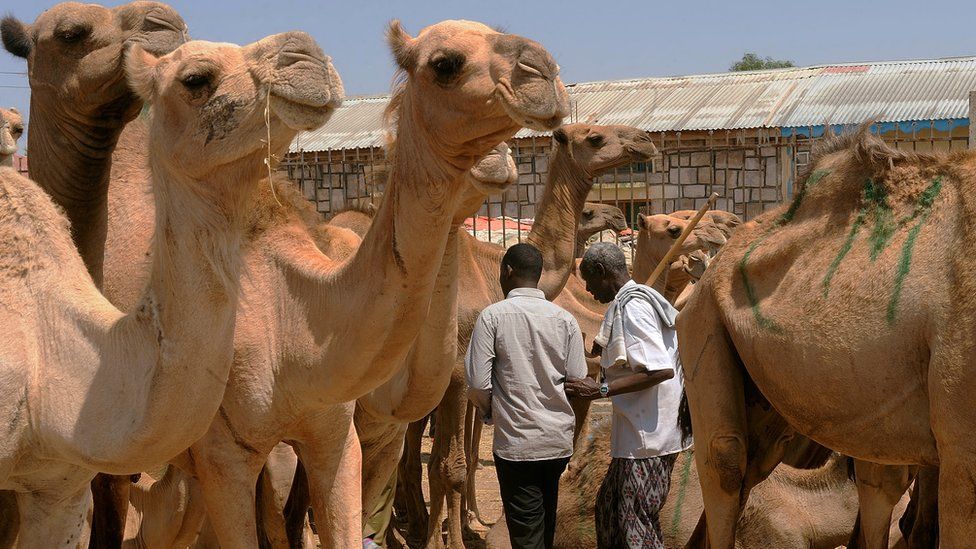The move followed a secessionist struggle during which Siad Barre’s forces pursued rebel guerrillas in the territory. Tens of thousands of people were killed and towns were flattened.
Though not internationally recognised, Somaliland has a working political system, government institutions, a police force and its own currency.
The former British protectorate has also escaped much of the chaos and violence that plague Somalia.
- See profiles compiled by BBC Monitoring
REPUBLIC OF SOMALILAND: FACTS
- Capital: Hargeisa
- Area: 177,000 sq km
- Population: 5.7 million
- Languages: Somali, Arabic, English
- Life expectancy: 50 years
LEADER
President: Muse Bihi Abdi

Muse Bihi Abdi was elected president in November 2017, succeeding Ahmed Silanyo.
Mr Bihi has served as chairman of the ruling Kulmiye party since its founder and leader, Silanyo, was elected president in 2010.
A retired air force pilot, Bihi’s only previous government post was as interior minister of Somaliland in the 1990s.
President Bihi’s first term in office was due to end in November 2022 but lawmakers extended it by two years after the electoral commission called for a delay in due to financial and technical constraints.
The opposition Waddani and UCID parties have said they no longer recognise him as president. Protests and tensions over the president’s term threatens to undermine relative stability in Somaliland,
MEDIA

Government mouthpiece Radio Hargeisa is the only permitted domestic radio outlet. Private TV stations operate alongside a government-run network.
The authorities target journalists and media outlets that cover sensitive topics, including territorial disputes with neighbouring Puntland.
- Read full media profile
TIMELINE

7th Century – Islam starts to make inroads into the area of modern-day Somaliland.
14th Century – The area’s Islamic sultanates come under the suzerainty of the Christian Ethiopian Empire.
1527 – Sultanate of Adal revolts against Ethiopian rule and subsequently conquers much of Ethiopia, before being defeated with the help of the Portuguese in 1543.
1888 – Britain establishes the protectorate of British Somaliland though treaties with the local sultanates.
1899 – Islamic cleric Mohammed Abdullah rises against British rule, going on to establish the Dervish State, which survives until it is destroyed by British forces in 1920.
1960 – British Somaliland and Italian Somaliland become independent and merge to form the Somali Republic.
1991 – The former British Somaliland declares unilateral independence as Somaliland following the ousting of Somali President Mohamed Siad Barre, which plunges the rest of Somalia into anarchy.
2001 – More than 97% of the population votes to endorse the constitution adopted in 1997, in a referendum aimed at affirming Somaliland’s self-declared independence.
2016 – Somaliland celebrates 25 years of self-declared independence, but remains unrecognised.

Related Topics
-
Somaliland’s ‘path to recognition’
-
25 April 2008
Around the BBC
-
BBC Somali – War
Related Internet Links
-
Somaliland government
-
Somaliland.org
-
Travelogue – The Travel Episodes





